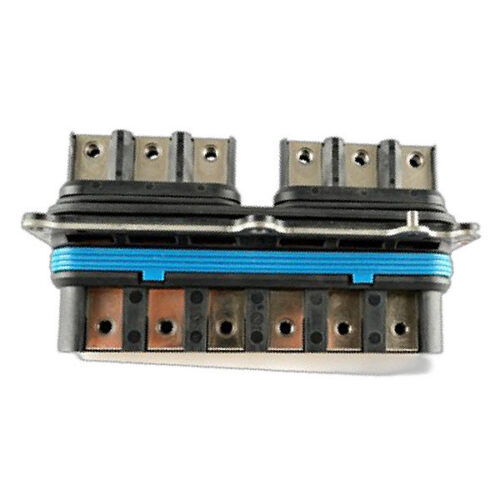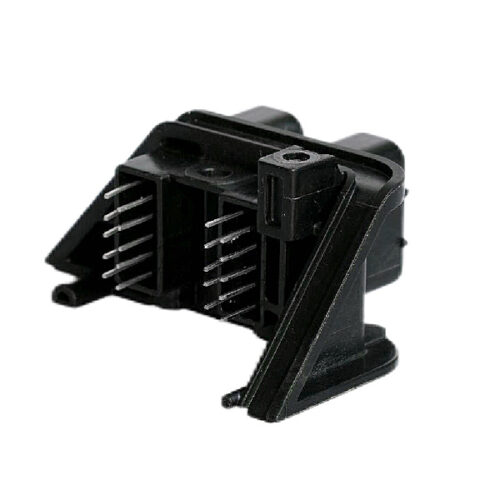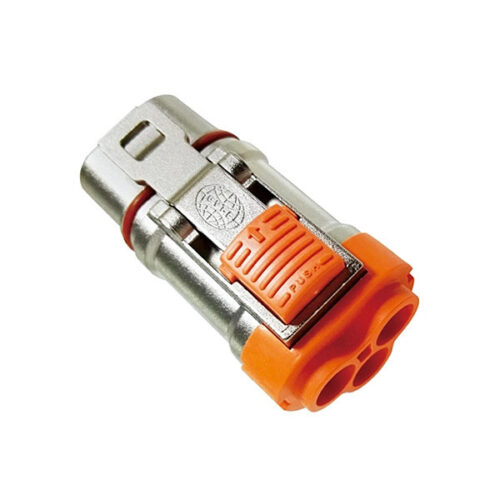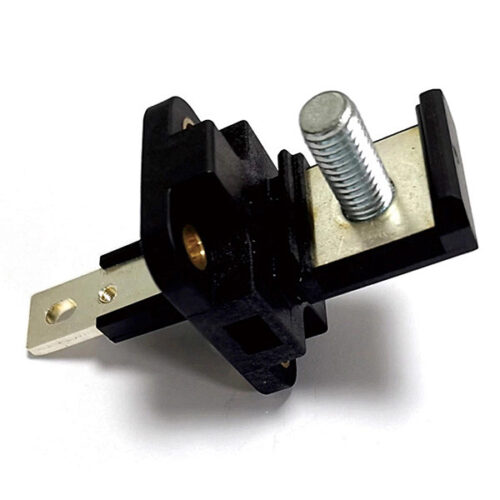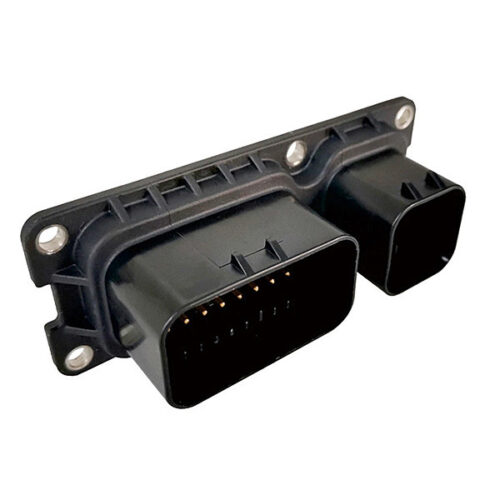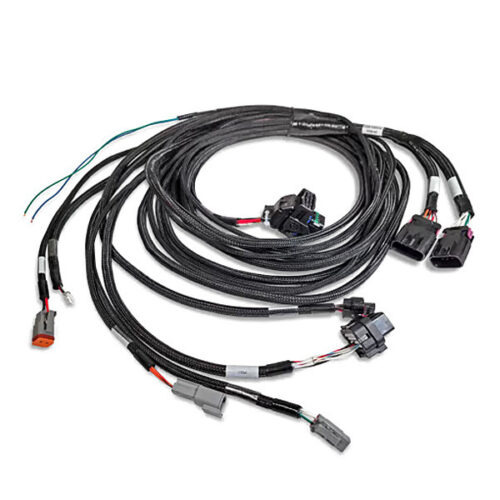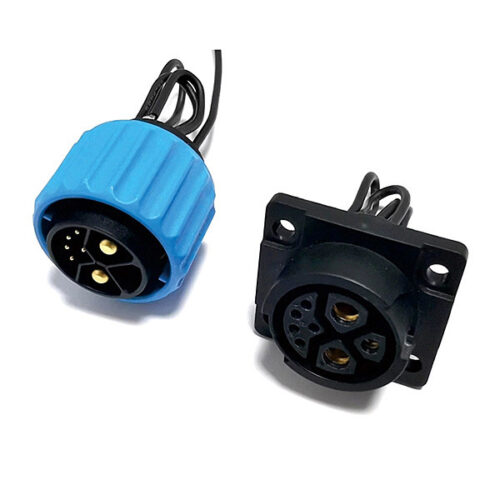Blogs & News
We are focus on automotive wiring harness & connectors technology.
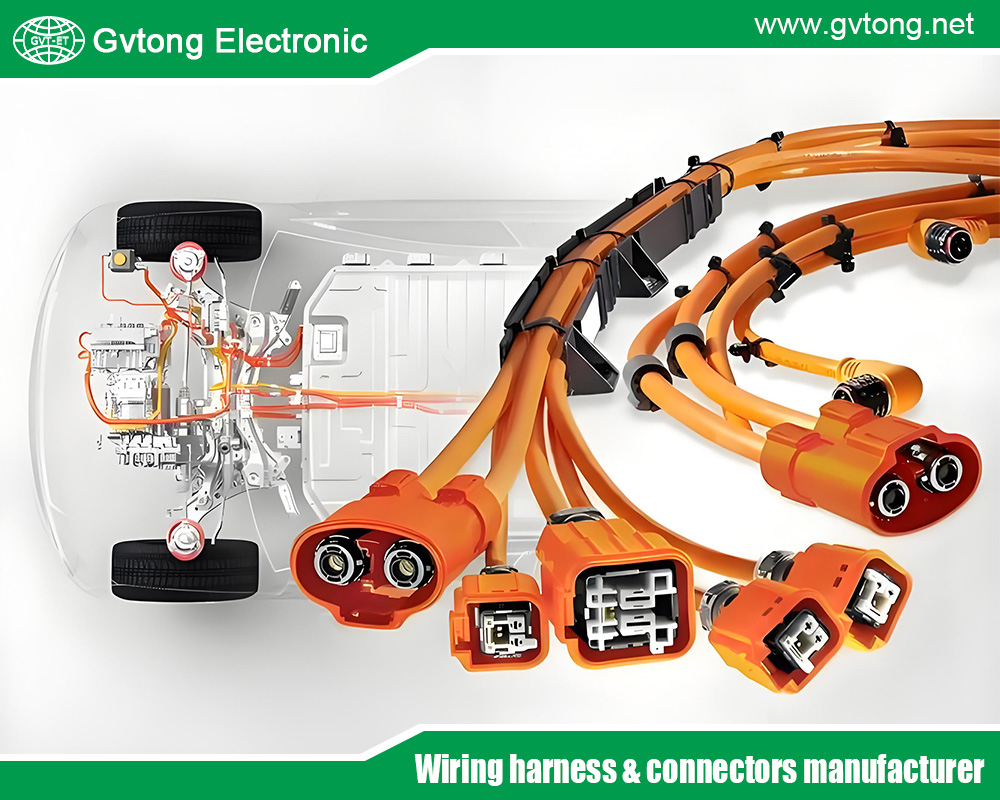
How to Solve the Problem of Automotive Electrical Systems
- Gvtong Electronic
- automotive antenna connector, automotive coaxial connector, automotive data connector, automotive electrical, automotive electrical connector, automotive electrical connector manufacturers, automotive electrical connector types chart, automotive electrical connectors factory, automotive electrical connectors kit, Automotive Electrical Connectors Manufacturer In Thailand, automotive electrical connectors supplier, Automotive Electrical Connectors Thailand, Automotive electrical connectors types, automotive electrical connectors waterproof, automotive electrical manufacturer, automotive electrical supplier, automotive electrical systems, automotive high - frequency, automotive Low voltage connector, automotive Oil-resistant Connectorsautomotive High voltage connector, automotive power distribution, automotive Signal Connector, automotive waterproof connectors, best automotive electrical connector suppliers in thailand, China Automotive Electrical Connectors Manufacturers, Customized Structural Parts, Energy Storage Wire, High Pressure Connectors, High Pressure Wire, Industrial Control Connectors, Low Pressure Connectors, Low Pressure Wire, repair automotive electrical connectors, Wind And Solar Storage
- No Comments
How to Solve the Problem of Automotive Electrical Systems
Modern vehicles rely heavily on complex electrical systems to power everything from the engine to infotainment systems. The automotive electrical systems, comprising the battery, alternator, starter, wiring, and fuses, is the lifeblood of a car’s functionality. However, electrical issues—such as a dead battery, flickering lights, or a car that won’t start—are among the most common and frustrating problems drivers face. These issues can stem from simple wear and tear, corrosion, or more complex faults in the system. Left unaddressed, they can lead to breakdowns or costly repairs.
This article provides a comprehensive guide to diagnosing and solving automotive electrical problems. Whether you’re a DIY enthusiast or a driver looking to understand your vehicle better, we’ll walk you through the key components, common issues, diagnostic steps, and solutions. By following this guide, you can save time, money, and frustration while keeping your car’s electrical system in top shape.
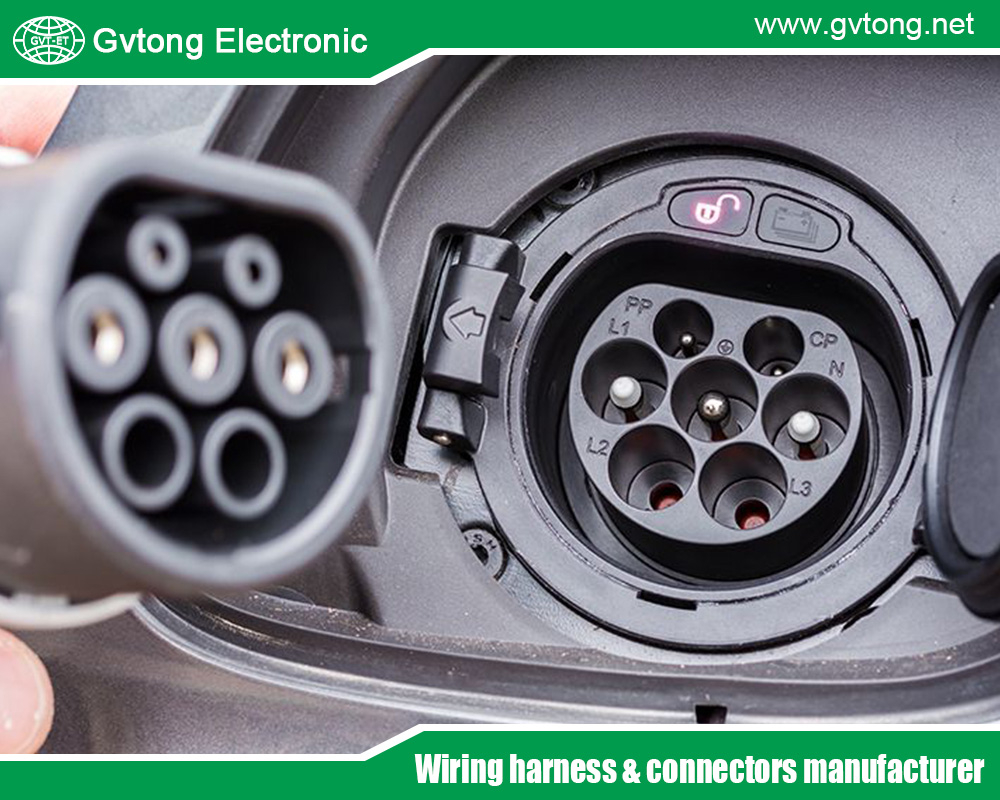
Section 1: Understanding Automotive Electrical Systems
To solve automotive electrical problems, it’s crucial to understand how the system works. The electrical system in a vehicle powers critical components and accessories, ensuring the car starts, runs, and operates efficiently.
Here are the key components:
- Battery: The battery stores electrical energy and provides the initial power to start the engine. It also powers accessories when the engine is off.
- Alternator: Once the engine is running, the alternator generates electricity to charge the battery and power the vehicle’s electrical systems.
- Starter Motor: This component uses power from the battery to crank the engine and initiate combustion.
- Wiring and Connectors: These act as the “nervous system,” transmitting electricity between components.
- Fuses and Relays: Fuses protect circuits by breaking if there’s an overload, while relays control high-power components like the starter or fuel pump.
- Accessories: Lights, wipers, radio, and other systems draw power from the electrical system.
Electrical issues often arise due to wear and tear, corrosion, loose connections, or overloading the system with aftermarket accessories. For example, a corroded battery terminal can prevent proper power flow, while a failing alternator may not charge the battery adequately. Understanding these components helps pinpoint the root cause of problems.
Section 2: Common Automotive Electrical Problems
Electrical issues manifest in various ways, and recognizing the symptoms is the first step to solving them. Here are the most common problems:
- Dead or Weak Battery: The car won’t start, or you hear a clicking sound when turning the key. Dim lights or slow power windows are also signs.
- Faulty Alternator: If the battery isn’t charging while the engine runs, the alternator may be failing, leading to warning lights or a dead battery.
- Starter Motor Issues: A grinding noise or no response when turning the key indicates a faulty starter.
- Blown Fuses or Faulty Relays: These can cause specific systems (e.g., headlights or radio) to stop working.
- Wiring and Connection Problems: Corroded, loose, or damaged wires can disrupt power flow, causing intermittent issues.
- Malfunctioning Lights or Accessories: Dim, flickering, or non-functional lights, wipers, or infotainment systems often point to electrical faults.
Each of these issues has distinct symptoms, but they often overlap, requiring systematic diagnosis to identify the culprit.
Section 3: Tools and Safety Precautions
Before diving into diagnostics, gather the right tools and prioritize safety.
Here’s what you’ll need:
- Multimeter: Measures voltage, current, and resistance to test components.
- Test Light: Checks for power in circuits.
- Wrenches and Screwdrivers: For removing battery terminals, fuses, or components.
- Wire Brush: Cleans corrosion from battery terminals.
- Replacement Fuses/Relays: Keep spares matching your vehicle’s specifications.
- Owner’s Manual: Provides fuse box locations and wiring diagrams.
Safety Precautions:
- Disconnect the Battery: Always disconnect the negative terminal first to avoid short circuits.
- Avoid Water and Metal: Keep tools and hands dry, and avoid touching live wires.
- Wear Protective Gear: Use gloves and safety glasses when handling batteries or working near the engine.
- Work in a Ventilated Area: Batteries can emit hazardous gases.
- Know Your Limits: If a problem seems complex, consult a professional to avoid damage or injury.
A safe workspace and the right tools make troubleshooting efficient and reduce risks.
Section 4: Step-by-Step Guide to Diagnosing Electrical Issues
Diagnosing electrical problems requires a systematic approach. Follow these steps to identify the issue:
Step 1: Observe Symptoms
- Note what’s happening: Does the car not start? Are lights dim or flickering? Is there a specific accessory not working?
- Check for warning lights on the dashboard, such as the battery or check engine light.
Step 2: Test the Battery
- Use a multimeter to check the battery voltage. A healthy battery should read ~12.6V when the engine is off.
- Inspect terminals for corrosion or looseness. Clean with a wire brush if needed.
- If the voltage is low (<12V), charge the battery or test it at an auto parts store.
Step 3: Check the Alternator and Charging System
- Start the engine and measure battery voltage again. It should read ~13.5–14.5V, indicating the alternator is charging.
- If the voltage doesn’t increase, the alternator may be faulty. Listen for whining noises or check for a burning smell.
Step 4: Inspect the Starter Motor
- If the car clicks but doesn’t start, test the starter. Ensure the battery is charged, then check for power at the starter solenoid using a test light.
- A grinding noise may indicate worn starter gears, requiring replacement.
Step 5: Examine Fuses and Relays
- Locate the fuse box (check the owner’s manual) and inspect fuses visually or with a multimeter for continuity.
- Replace any blown fuses with ones of the same amperage. Test relays by swapping with identical ones.
Step 6: Inspect Wiring and Connectors
- Look for frayed, corroded, or loose wires, especially near the battery, alternator, and ground points.
- Use a multimeter to check for continuity in suspect wires.
Step 7: Test Accessories
- If specific systems (e.g., headlights) fail, trace the circuit using a wiring diagram.
- Test for power at the accessory’s connector using a test light or multimeter.
This methodical approach narrows down the issue, saving time and effort.
Section 5: Fixing Common Electrical Problems
Once you’ve diagnosed the issue, here’s how to fix common problems:
- Replacing a Dead Battery: If the battery won’t hold a charge, replace it with one matching your vehicle’s specifications. Disconnect the negative terminal first, then the positive, and install the new battery in reverse order.
- Repairing or Replacing an Alternator: If the alternator isn’t charging, check its belt for wear or looseness. If the alternator is faulty, replace it (requires removing belts and mounting bolts—consult a repair manual for specifics).
- Fixing Starter Motor Issues: A faulty starter often requires replacement. Ensure the battery is charged and connections are secure before replacing.
- Replacing Blown Fuses or Relays: Swap out blown fuses or faulty relays with replacements of the same rating. Address the underlying cause (e.g., a short circuit) to prevent recurrence.
- Repairing Wiring or Connectors: Clean corroded connectors with a wire brush or contact cleaner. Replace damaged wires with automotive-grade wiring and proper connectors.
- When to Seek Professional Help: Complex issues, like internal alternator faults or wiring harness damage, may require specialized tools or expertise. Don’t hesitate to consult a mechanic if you’re unsure.
Always test the system after repairs to ensure the issue is resolved.
Section 6: Preventive Maintenance Tips
Preventing electrical issues is easier than fixing them. Follow these tips:
- Check the Battery Regularly: Test voltage every six months and clean terminals to prevent corrosion.
- Inspect Wiring and Connections: Look for wear or damage during routine maintenance.
- Monitor Alternator and Starter: Listen for unusual noises and address them early.
- Avoid Overloading the System: Be cautious with aftermarket accessories, as they can strain the electrical system.
- Keep a Maintenance Schedule: Follow your vehicle’s recommended service intervals for electrical components.
Proactive care extends the life of your car’s electrical system and reduces breakdowns.

Conclusion
Automotive electrical systems issues can be daunting, but with the right knowledge, tools, and approach, you can diagnose and fix many problems yourself. By understanding the system, recognizing symptoms, and following a systematic diagnostic process, you can address common issues like dead batteries, faulty alternators, or blown fuses. Regular maintenance and vigilance further prevent problems, keeping your vehicle reliable. Whether you’re troubleshooting a no-start condition or fixing flickering lights, this guide empowers you to take control. If a problem feels overwhelming, don’t hesitate to seek professional help to ensure your car stays in top condition.
For more about how to solve the problem of automotive electrical systems, you can pay a visit to Gvtong at https://www.gvtong.net/ for more info.

